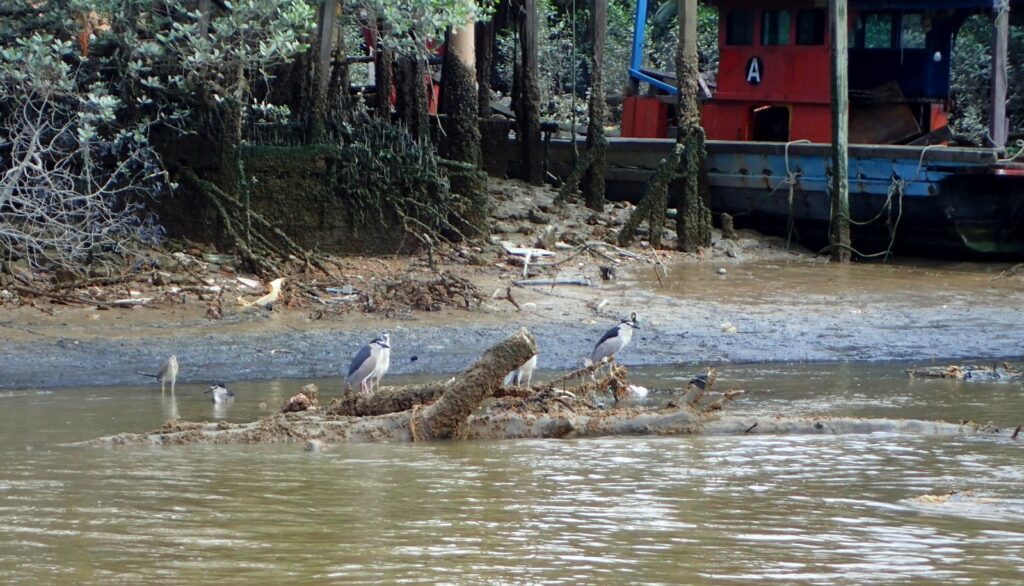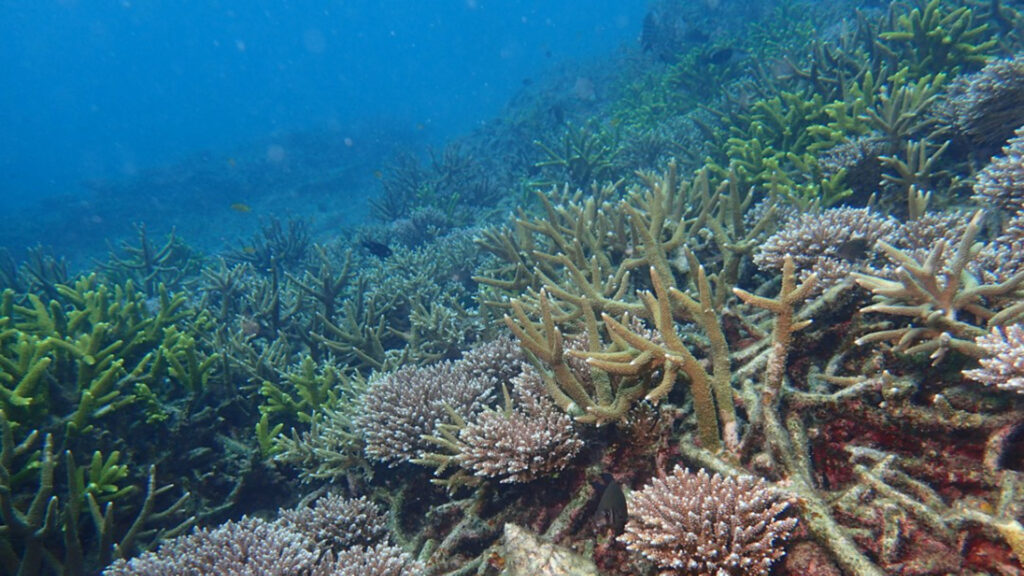Putting Nature Back in Human Nature: Exploring Asia’s Environmental Challenges
March 10, 2023

Hiking through the forest, Dr Chua Siew Chin knows she is getting close when the smell of something akin to rotting flesh hits her. A few more steps and there it is: a species of Rafflesia, the biggest flower in the world, that is endemic to Peninsular Malaysia – and under threat from the loss of rainforests.
Dr Chua snaps a quick picture to immortalise the moment, knowing full well that in about three months’ time, her students will do the same. The nature lover and Senior Lecturer for the Bachelor of Environmental Studies (BES) Programme at the National University of Singapore is not there for leisure. Instead, she is on a trip surveying the location for the upcoming instalment of her course, “Environmental Challenges: Asian Case Studies II” and will return with her students in May to visit the sprawling Belum-Temenggor Forest Complex in Perak.
Besides the rainforest complex, she has planned a two-week itinerary packed with other stops, including at mangrove ecosystems and peat swamp forests in Kuala Selangor, and the coral reefs of Pulau Redang and Pulau Bidong.

These site visits stem from her deep-rooted belief that fieldwork is a must in environmental studies, especially when it comes to topics like tropical ecology, environmental conservation and sustainability.
“It’s an opportunity to take students out of the classroom to see real ecosystems and real-world issues. It’s harder to imagine what a natural ecosystem is like if you don't spend some time in it,” she explains. “If you don't have that relationship (with nature), it’s harder to say what exactly you are trying to conserve, or what exactly you are trying to protect.”
Translating Data into Action
Since 2014, students were given the chance to travel to the Philippines for their field trips. But when Dr Chua officially took over the course last year, it had to be conducted fully in Singapore due to the pandemic.
Yet, this in no way made the learning experience less valuable for her and her students. In fact, this local iteration was right up her alley. She is an ecologist by training and no armchair academic – she actively does restoration work in Singapore, with her area of expertise being dipterocarp forests and the restoration of buffer parks.
The themes remained largely the same – wetland conservation, the changing landscape of lowland forests and coral restoration – but with a Singaporean twist. The cohort of 40 to 50 students was broken up into smaller groups and led by faculty members to visit sites including Pulau Hantu, Pulau Ubin, Clementi Forest and Bukit Timah Nature Reserve, among others.

It was actually more tiring for the lecturers than the students because we repeated the course content three times,” she jokes.
Of course, it was not all fun and games – fieldwork is still work. Besides familiarising themselves with the content, students had to produce deliverables by the end of each of their three field trips.
For instance, Ernest Teo You Cheng, a Year 3 BES student, recalls snorkeling among the coral reefs at Pulau Hantu. Of course, there was a larger mission he had to fulfil: installing BioBoss tiles – concrete structures incorporated into sea walls – to provide habitats for marine organisms in the hopes of increasing biodiversity in coastal areas.
“If you’re a desktop environmental manager and all you see are maps, it’s very easy for you to say ‘I draw a line (here)’ and ‘this is how the management should be like’. But when you know the actual situation, you realise the line is harder to draw than you think,” Dr Chua explains.
Put simply, scientific data means nothing on its own if it cannot be contextualised and translated into real-world policies that affect real lives. It is a reality that she is well-acquainted with, having worked with various stakeholders – including the National Parks Board – during her restoration projects.
This emphasis on data will similarly feature in the Malaysian iteration of the course, though the stakes have been raised. Students will present their findings at every pitstop to local stakeholders, be they managers of local mangrove forests, local users of coral reefs or the non-governmental organisations and universities they are partnering with.
She also hopes that this will spark a long-term collaboration with them and allow a database of her students’ data to be built on year after year, such that it can eventually be put to practical use.
Learning Across Fields
Environmental Studies is a cross-disciplinary programme that marries both the natural sciences and social sciences, says Dr Chua. That the faculty comprises members from both the Department of Geography and Biological Sciences also means that students can benefit from a wealth of expertise.

“No single stakeholder, no single discipline, will have the ability to resolve an environmental issue entirely,” said Ernest.
This remains his greatest takeaway from the course: it takes good scientific research, hard and soft engineering measures, financial analyses, good policy and law-making and community engagement to successfully enact environmental policies that will be supported by the public.
For Year 4 BES student Yew Ke Yao, the field course was also significant in informing his future plans. “It gives students a glimpse into what the field entails, of what they would be doing for their career or further studies,” he said.
Indeed, as Dr Chua points out, “You need people who know how things are linked and how to draw expertise from different fields. That is exactly what the next generation of environmental professionals need to do to solve complex environmental issues.”
“The students coming in are very passionate – that's not something we need to teach them. It's more of how to nurture that passion, with a certain direction.”
This story first appeared on NUSnews on 2 March 2023.

